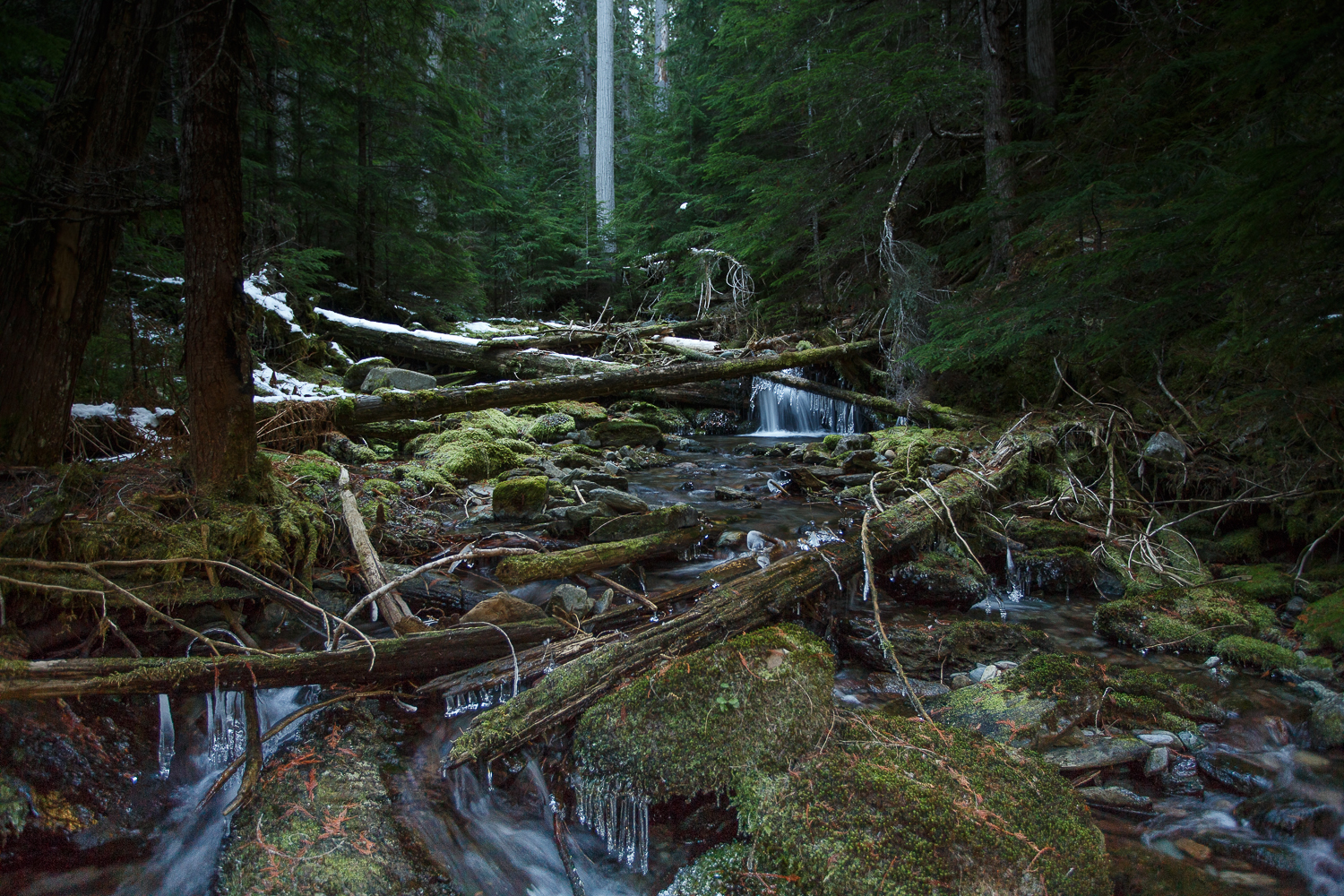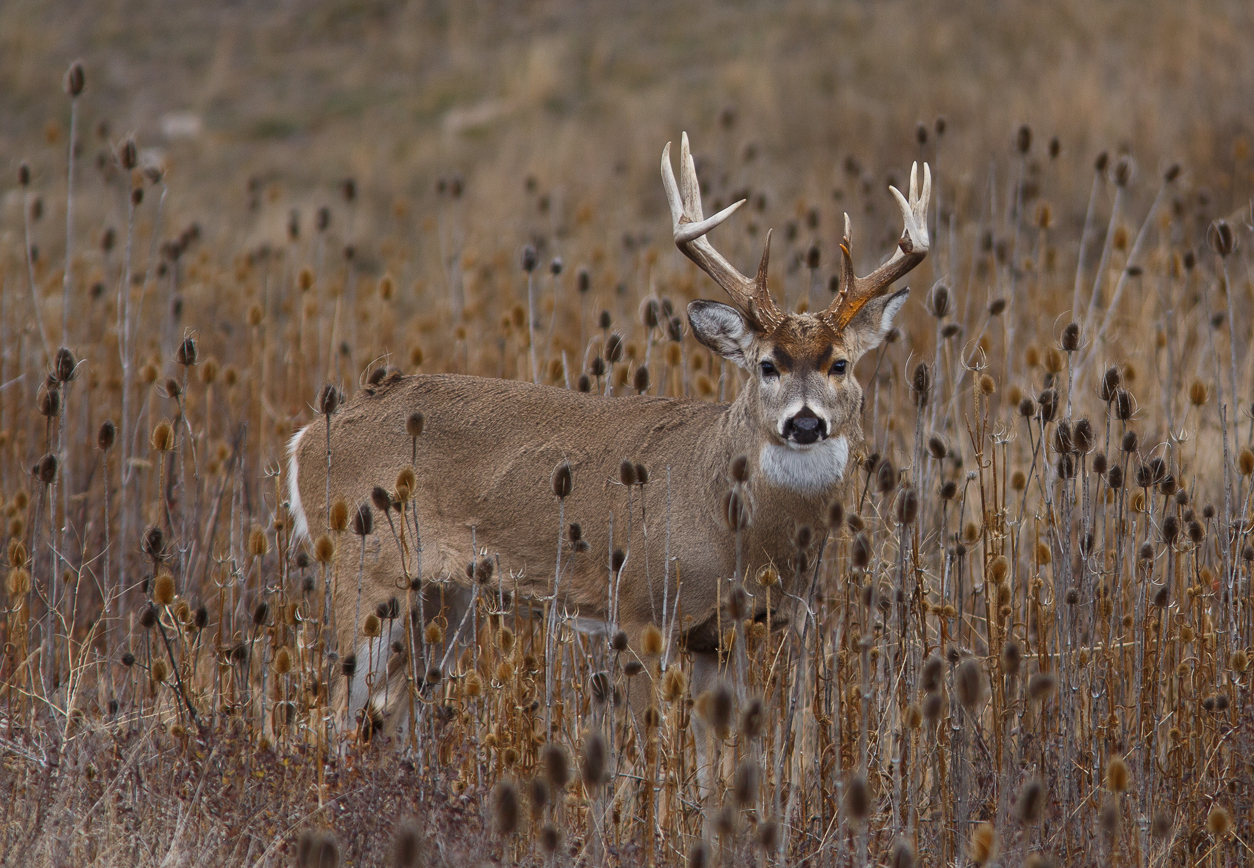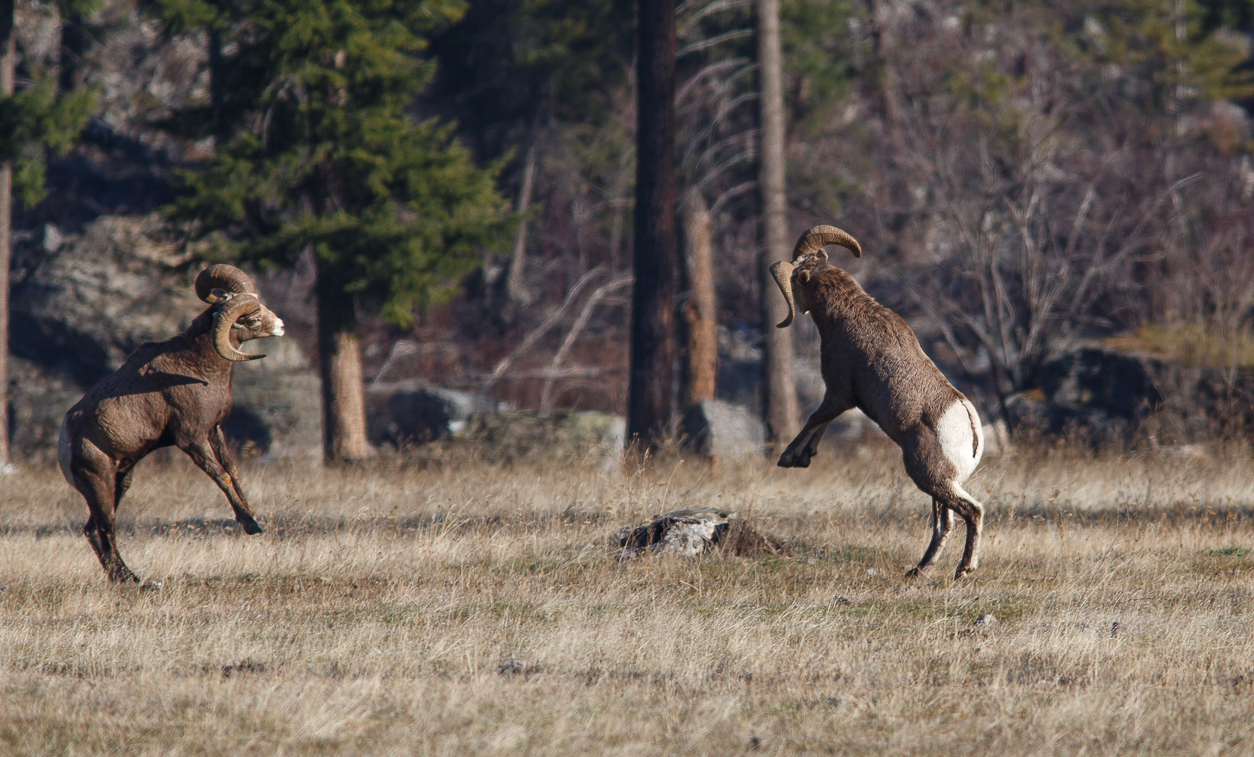The Inland Temperate Rainforest stretches from northwestern Montana to Idaho, and on to Washington. Very few people even know it exists. But that doesn’t make it any less special. In this unique forest you’ll find rare grizzly bears, wolverine, threatened lynx, and the endangered mountain caribou. Almost all of the flora and fauna prior to European settlement still exist here. It’s not all good news, however. This ecosystem is threatened by road-building, and the grizzly bear population is so tenuous that augmentation is required to keep it hanging on. Most of the grizzlies live high up in the Purcell-Cabinet Mountains, foraging along the steep slopes and avalanche chutes. They are remarkable creatures, requiring space free of human development. The same can be said for the wolverine.
Most of the Purcell-Cabinet rainforest ecosystem is federal public land. For some, the phrase raises a big question mark (national forests and parks are a long way off for some people). For others, it elicits chills. Our National Parks and National Forests cradle the last roadless areas and in some cases protect a full array of native flora and fauna. In a way, these places are the most fascinating museums you’ll ever find.
It always puzzles me how people can spend all day inside the Field Museum of Natural History, staring at what is gone, while driving past (or not even having a basic understanding) of our living, current museums. While the value of the Field Museum of Natural History is undoubtedly high, one could make the case that our living museums are even higher. For here is a world that still exists, with creatures barely hanging on.
At this museum, you’ll feel the pinch of a mosquito rather than reading about the pinch. In this museum, the plants and trees give off oxygen. In this museum, that pair of eyes staring back at you may be powered by a functioning nervous system and a thrumming heart. In this museum, you can explain to your kids that what they are seeing is not a simulation or an app–that what stalks there lives and breathes just like they do, that there are no Dodo birds here. Not yet, anyway.
Go ahead, hop over that velvet rope barricade or slip on under. Get your shoes muddy, sweat a little. This exhibit is as real as it gets. It’s waiting for you, like it always has.



